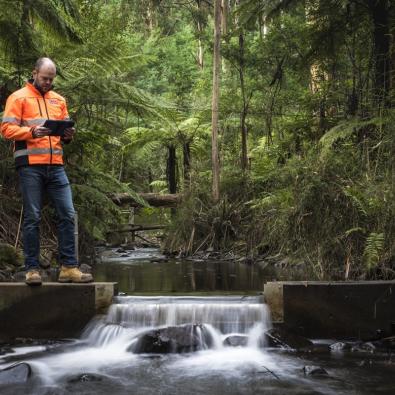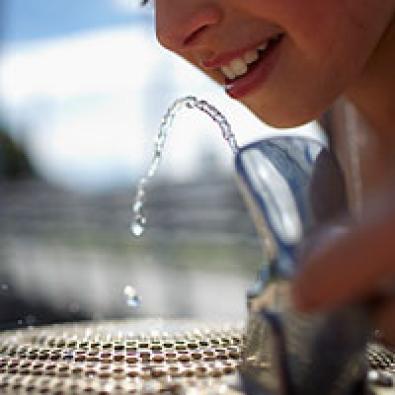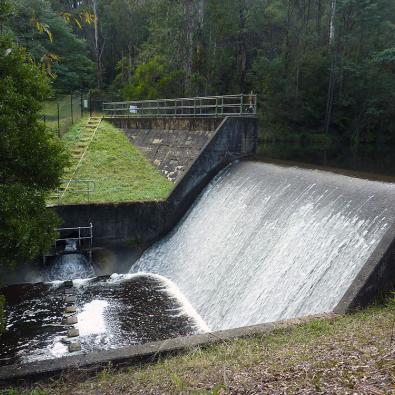In Melbourne, a safe and reliable water supply system is essential to our way of life. Every day, we supply around 1,250 million litres of drinking water to over 5 million Melburnians.
Our water supply system is complex and fascinating, and the reason why Melbourne’s water tastes great. It’s made up of:
- catchments: 163,000 hectares of protected and open catchments
- 10 water storage reservoirs
- 40 service reservoirs (tanks and basins)
- 13 water treatment plants
- approximately 1,100 km of aqueducts and underground water mains, delivering water to the retail water companies – who then distribute it to homes and businesses.
Many of our water storage reservoirs are interconnected. This allows us to transfer water between them, so water supply across Melbourne is more reliable. We can increase supply to areas when demand is high, or when water supply is interrupted due to repairs or maintenance.
Transferring water between the reservoirs ensures we have the right water supply for everyone to enjoy now and into the future.
Why our water tastes great
There are many interesting facts about our water supply system – here are four. They’re the reason why our water tastes great:
Fact 1: most of our water comes from protected catchments
Melbourne is one of only two cities in the world with drinking water that primarily comes from protected catchments, where water only needs to be disinfected.
These native forests up in the Yarra Ranges act as sort of a natural filter. Sponge-like soils filter and hold rainwater, which is slowly released into the rivers that feed our water storage reservoirs.
Most these catchments have limited public access, producing very clean water that needs little treatment.
Natural filtration means less treatment, and less treatment means more affordable water.
Fact 2: our water storage reservoirs help improve water quality
Water can rest in our water storage reservoirs for up to five years. This helps improve its quality, as impurities break down over time.
Today, Melbourne’s water supply comes primarily from dams and reservoirs. Our reservoirs are interconnected, allowing us to move water when we need to. We might move water out of a reservoir so it can fill up during heavy rain, or direct less water to treatment plants that cost more to operate.
Know our water storage reservoirs
Fact 3: we purify and treat water to strict standards
After leaving our reservoirs, water is purified at our water treatment plants so it is safe to drink. Most of our water needs very little treatment, but water from open catchments is fully treated to meet strict water quality guidelines.
To maintain the standard of our drinking water, we ask that members of the public don’t operate drones over our treatment facilities or reservoirs.
Get the finer details on the full treatment process, and meet our major water treatment plants – Winneke and Tarago – and the Victorian Desalination Plant.
Fact 4: We test water quality before transferring it to you
Treated water flows through large pipes (water mains) to our 40 smaller service reservoirs across Melbourne. These hold water for a few days to make sure there’s always some on hand – and are one of the places where we test water quality.
We then supply water to your retail water company, which transfers water through a smaller pipe system direct to your tap – on hand when and where you need it.
Read how we test water quality
Together, these elements make up our water supply system
Water catchments, water storage reservoirs, water treatment plants and pipelines all form part of Melbourne’s water supply system.
Some of these are over 100 years old, while others are new. We’ll continue to monitor their condition, maintain and renew them, so that our drinking water continues to taste great.
Browse related works and projects
Read our water system strategy



